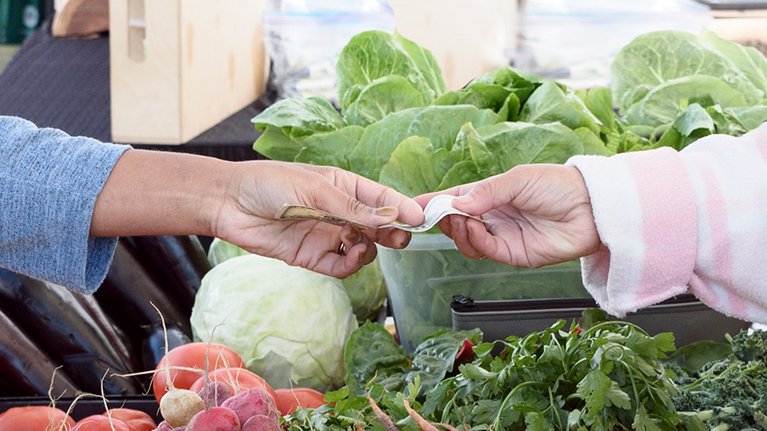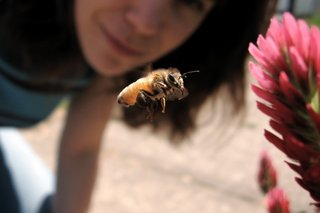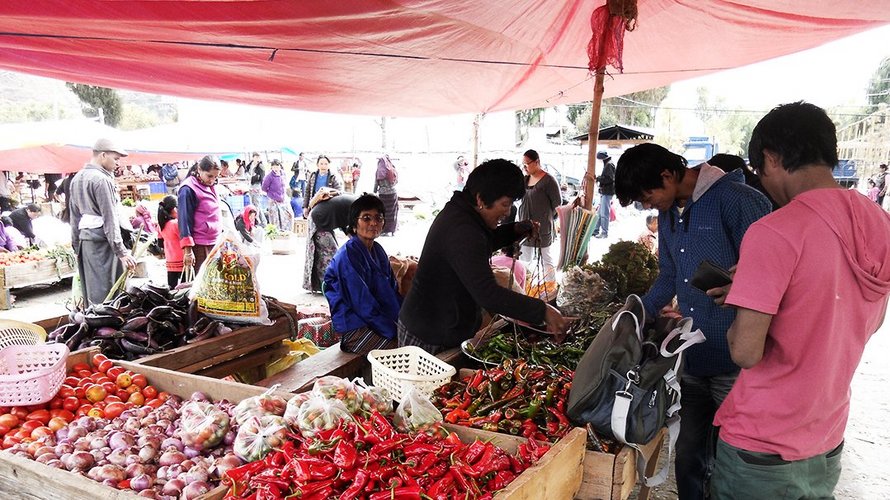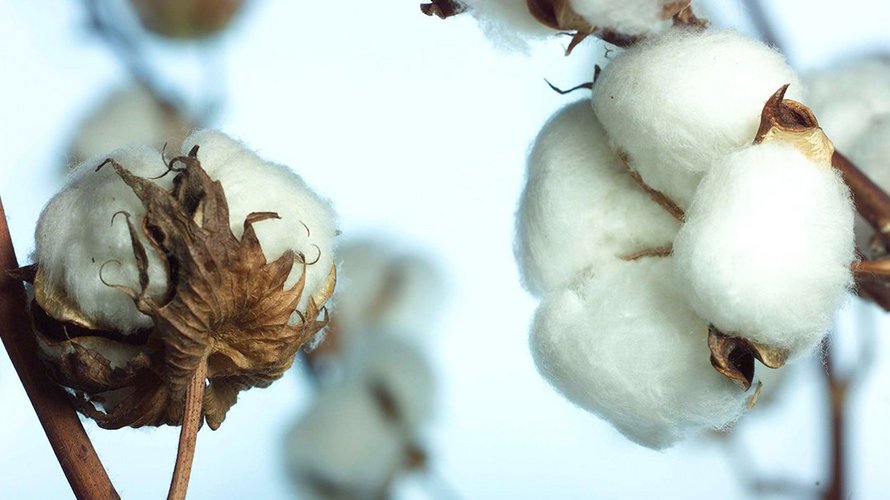
Substrates for all circulating conditions
Secure, durable, attractive, and easily processed by machine – that’s how banknotes should be. Requirements for banknote substrates are similarly complex. The scalable portfolio from G+D offers proven cotton paper, and a range of innovative solutions which can ideally complement a banknote series.
Banknote quality, security, and acceptance depend to a large extent on the material used to produce them. As such, the substrate is one aspect which determines the possible security features of banknotes, explains Andrew Forbes, Director of Sales for Banknote and Security Paper at Louisenthal , which is part of G+D : “Cotton-based substrates are protected against counterfeiting by way of an embedded security thread and a watermark that appears three-dimensional. They also enable the integration of covert security features which are simply not possible in banknotes made purely from plastic.” At the same time, the right substrate is also important for the popular acceptance of an individual banknote or entire banknote series, as its properties influence design options and therefore the visual effect. In addition, with respect to haptics – i.e. the way the note feels to the touch – different substrates often generate diverse responses. Paper – meaning cotton-based substrates – is seen as high-quality and trusted. It also has the longest heritage in banknote production. “Ideally, the substrate used offers optimum durability and haptic qualities,” comments Forbes, a paper expert.
Cotton – for secure banknotes in an attractive design
Greater durability, lower costs
G+D has therefore developed various substrates to meet different requirements: pure cotton products; substrates consisting of coated cotton; and cotton-based composite solutions. The material used has a decisive influence on the durability of banknotes, and costs in the cash cycle: special coatings and polymer layers, as well as synthetic fibers make substrates long-lasting and resistant to soiling, damp, and mechanical stress.
Ultimately, banknotes need to be functional with reasonable wear properties, because they literally pass from hand to hand. They are also exposed to a range of environmental influences, depending on where they are used: Banknotes wear more quickly in hot, high-humidity countries than in cool, dry regions. There are also cultural tendencies relating to how banknotes are handled; for instance, carrying them loose in trouser or jacket pockets exposes banknotes to greater stress from folding, wear or soiling. This leads to around 30% of all notes in circulation being withdrawn and shredded every year – resulting in logistical and replacement costs for central banks.
A scalable substrate portfolio
The scalable substrate portfolio from Louisenthal is a plausible response to demand for greater efficiency, as it enables a significant reduction in the costs associated with producing new banknotes. “With our substrate portfolio, we are giving central banks the best possible support in implementing their Clean Note Policy,” comments Forbes. The better the circulating quality of banknotes is, the more confident users feel in the currency. However, with an ideally composed series of banknotes consisting of a selection of substrates for low, mid-range, and high nominal values, it is essential that all variants are consistent in appearance and offer the same haptic properties.
In addition, the importance of cash process automation is continuing to rise. This means that advanced banknotes need not only to offer excellent durability and reliable security features, but also the highest quality properties to enable high-speed processing machines in cash centers to check the notes for authenticity and fitness for circulation. “We create the basis for Big Data analysis in the substrate itself: Central banks are able to trace every note in circulation using corresponding paper sheet coding,” comments Forbes. This is of particular interest for field test analysis of new substrates. Banknotes in circulation provide a huge quantity of data, meaning that it’s not just entire series that can be made even more cost-efficient. This information also forms the basis for extensive analyses and – with the right software – makes a piece of paper into a “connected banknote”.
Banknotes have specific requirements and lifecycles depending on their nominal value. Low denominations often pass between many different owners, and so need to be particularly robust and durable; while high nominal values chiefly require increased counterfeit protection. These differences affect the suitability of substrates for the three characteristic types of banknote.
Cotton standard
“Saving Notes” with the highest nominal values are generally carefully stored and so have low durability requirements. Here, pure cotton paper provides a high-grade look and feel, as well as all the desired security functions. “Cotton standard” creates the greatest possible confidence, and forms the basis for all major currencies.
LongLife™ durable solutions
“Transaction Notes” specifically refer to mid-range nominal values which are frequently mechanically processed. The requirement profile is focused on durability and security. Our custom-tailored LongLife™ solutions are very well suited to these notes, offering excellent protection against soiling and damp. Synthetic fibers can be added when increased mechanical stability is needed.
Hybrid
Banknotes in circulation are exposed to three main factors: Low-denomination “Market Notes” are passed through many pairs of hands and are therefore exposed to much greater wear and tear than high-value notes. Humid climates and culture-specific aspects in the handling of banknotes contribute significantly to a reduction in quality of the banknotes in circulation.
Hybrid is a robust and hard-wearing substrate that greatly improves the quality and lifecycle of banknotes in circulation. The paper contains all important security elements such as watermarks and windowed security thread and is sealed with a thin protective and printable layer of plastic before the banknotes are printed. Thereby it is retaining the typical banknote feel and all the security functions of cotton notes.

In 2014 the Bank of Jamaica presented a study which analyzed the lifecycle of various types of substrate in circulation. The values examined included the 100 Jamaican Dollar note – this is the second-lowest denomination and is primarily mechanically processed. The banknote was previously made from cotton with a lifecycle of around four months. On switching to the Hybrid substrate, the central bank increased this figure to more than 14 months – better than triple the original lifecycle. “Based on this experience the Bank of Jamaica then switched the 50 Jamaican Dollar banknote to Hybrid too,” reports Forbes.








